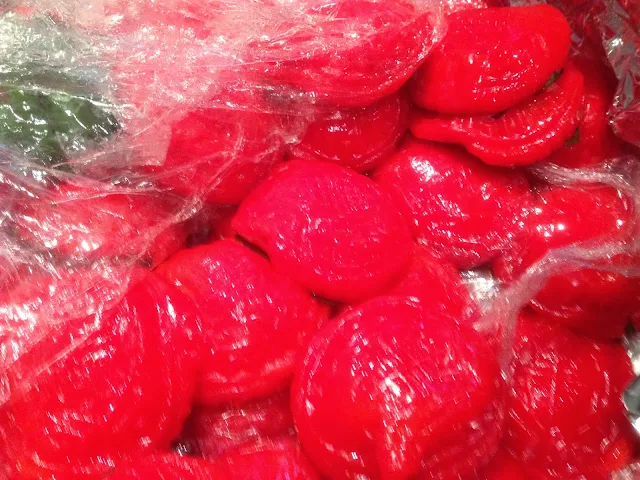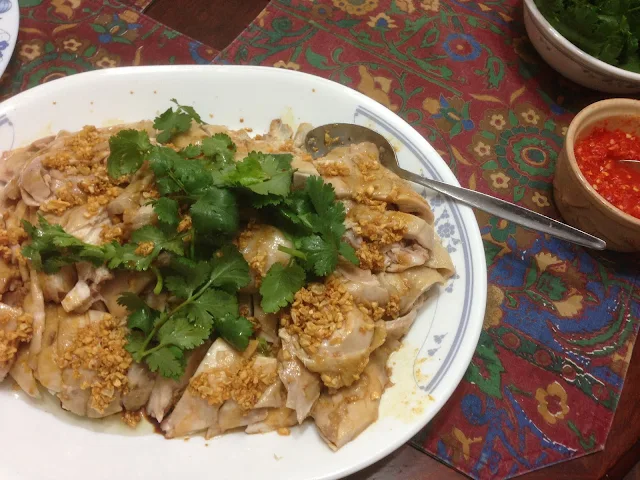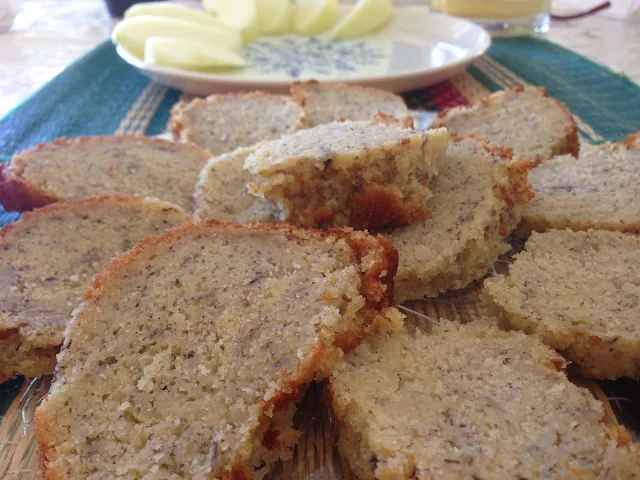Lunar New Year of the EARTH PIG
5 Feb 2019 to 24 Jan 2020
Note: Lunar New Years usually
start any date between the 19th of January and the 19th of February of any
Gregorian calendar year.
Rat 2008 – Ox 2009 – Tiger 2010 - Rabbit 2011 – Dragon 2012 – Snake
2013 – Horse 2014 – Goat or Sheep 2015 –
Monkey 2016 – Rooster 2017 – Dog 2018 – Pig 2019. Apply multiples of 12 to identify past and
future years.
No sweeping of the broom or cleaning the
house or doing laundry for at least the first 3 days of the Lunar New Year,
lest good luck is inadvertently lost. Get
a haircut before New Year's Eve and avoid doing so in the first lunar month.
The Yee Sang is a raw fish salad that
nurtures the stirring of positive vibes.
Banquet dishes are chosen carefully to be consumed for positive vibes
and play on Chinese language pronunciation:
Lively prawns Prawns or Ha
sound like laughter! Steamed fish is
served whole, for its connotation is to be well off. Chicken sounds like luck. Lettuce, or Sang Choy in Cantonese,
refers to growing money.
Dried oyster, or Ho Si, means good things. Zyu Dau, or pork knuckles in
Mandarin, suggests of good things being achieved effortlessly. Black moss or Fatt Choi alludes to
wealth and prosperity. Pork represents
strength, wealth and blessings. Scallops
and clams served encourage the opening of new horizons.
Lotus seeds, pomegranates and duck in
the menu wish young couples of fertility and to multiply.
Spring rolls represent gold bars for
wealth. Melons are signs of family
unity. Noodles signify a long and
fulfilling life. Mandarin oranges
represent gold and are especially exchanged between relatives and friends.
Pomelo gifts signify abundance and prosperity.
Dumplings look like gold ingots.
The tangerine plant or Kat
is placed proudly in the front of houses, especially modified miniature shrubs,
as its name in Chinese refers to good luck.
The Li or plum blossom stands for hope and renewal.
It is a must to obtain a new wardrobe
for the Lunar New Year. New Year means a new start. Maybe commercialism has
added pressure to this philosophy. Avoid
buying shoes during the traditional first 15 days of the Lunar New Year. In
Cantonese, the word for shoes also suspiciously sounds like having a regretful
sigh!
Red packets (Hong Bao or Lai
See) are filled with money and given for good luck by married members
of a family to younger relatives and children of good friends.
Sweetness is exemplified by the making
of a variety of snacks and cakes. The glutinous sticky rice cake or Nin
Gou means tall cake, emphasising one getting to higher achievements or
growing taller in stature year after year. Tong Jyun or sweet dough balls
signify the roundness of a reunion.
It is popular for households to display
red cuts of festive designs like lanterns, calligraphy and zodiac animals. Good
sayings with Chinese characters are often hung upside down, for such an
arrangement also suggests the "arrival" of good luck.
Traditional greetings during the festive
period emphasise on good fortune, prosperity, a wonderful and smooth path,
excellent luck, family happiness, an achieving career, good business and
scoring good results in study. Avoid
using, giving or receiving sharp pointed objects during the first few days of
the Lunar New Year. Lion dances bring
good vibes to businesses and households.






















































